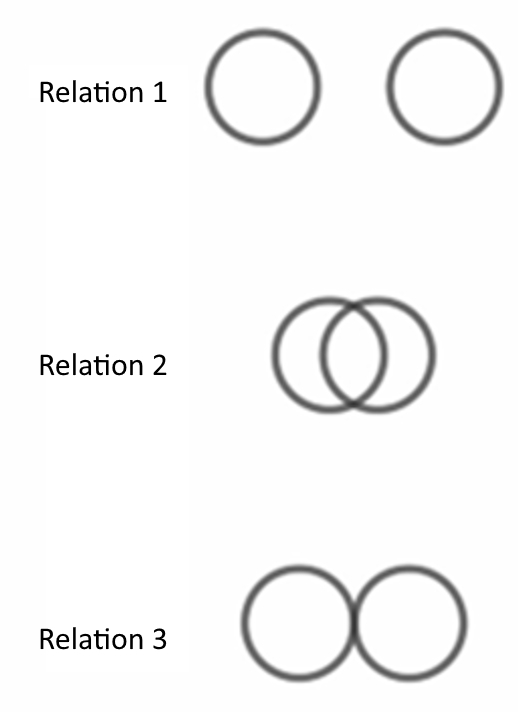Managing selfish leaders

Are you dealing with a selfish leader? Leadership coach Josefine Campbell describes the three different types of relationship you can consider developoing, and outlines five things you can do to manage the situation
Do you find yourself confused about what actually just happened in the meeting as your leader totally distorted the reality, and made you doubt yourself? Have you lost your personal energy and spark recently? Do people at work get thrown under the bus?
There are so many decent leaders who really try to do their best, but selfish leadership is more prevalent than most of us would like to think. And we have little science to guide us, since it is quite difficult for scholars to collect real data on selfish leadership in multinational corporations. Who would volunteer for the study?
So, we have to rely on practical experience, as I have from my coaching practice – coaching leaders who are working in multinational corporations across the globe. What we talk about in coaching sessions is truly confidential. So is the real work we do. But occasionally a person comes along who wants to share their story for the benefit of the many. Such a person is the woman that I have named Marie in my new book.
12 Tools for Managing a Selfish Leader recounts the journey of Marie, a product manager who both is a boss herself and has a boss, Martin. When he exhibits selfish leadership, Marie functions as a buffer, shielding her team from the negative impact of his behaviour.
Marie gets a coach who helps her understand how to manage her situation. While she cannot change Martin, there are other things she can focus on:
- How she relates to him
- How she communicates with him
- How she leads herself
How to relate to a selfish manager
Any relationship, healthy or unhealthy can operate in three modes (see Figure 1):
- Distance: In this situation, people don’t connect. Both parties go about their own business and have no feelings towards one another.
- Overlapping: In this case, people are in symbiosis or overstepping personal boundaries.
- Connecting: Here the two parties can bond, but without losing their own space and sense of self.

Since Marie’s direct manager constantly oversteps her personal boundaries, Marie wants to be aware of when this can happen, in order to keep a distance. If her boss, Martin, had empathy and a healthy sense of remorse when he crosses her boundaries, she would aim for relationship 3. But as he does not possess any sensibility towards her, she wants to keep as much distance as possible, like in relationship 1.
Keeping communication concise and short
As a result of keeping a distance, Marie does not share anything personal with Martin. She keeps communication factual, impersonal and as short as possible. When he asks for something, she delivers promptly ensuring she doesn’t give him any reason to point fingers at her.
This strategy creates a more manageable work dynamic between the two.
Leading yourself with care
Although she manages well, the type of relationship she has with Martin is draining and requires constant investment in her personal energy. To increase her resilience, Marie took a deep dive into self-discovery to understand herself more authentically.
Here are five things she did that might help you in how you are leading yourself with care for resilience:
- Understand your trigger points: We all have mental trigger points that set us off. If you know what triggers you, it’s harder for others to manipulate you and easier for you to have self-awareness and recognise when you’re triggered or behaving inappropriately.
- Know your core values: When working with others, you can’t always get things your way. You have to be flexible but don’t compromise on your core values for a long period.
- Love your guilt: Guilt is a healthy function. It can be tough for the person bearing the burden, but it’s there because you care for others. Love yourself for that, and pay attention if others show no signs of guilt.
- Be curious about boundaries: Everyone has unique personal boundaries. Take the time to understand your own and those of others. These boundaries should not be crossed.
- Recharge your energy account: Some tasks boost personal energy; others take it away. You can’t completely avoid draining tasks but try to arrange your collaboration in a way that tasks are distributed based on who gets energised by them.
Be prepared: It might make you a better version of yourself, but it is a work that never ends.
Josefine Campbell is founder of Campbell Co. a top leadership development firm for multinational companies. She coaches leaders in large organisations such as McDonald’s, Deloitte, Maersk, Novo Nordisk and Carlsberg Group. Josefine is the author of 12 Tools for Managing a Selfish Leader published by Armin Lear on 5 November 2024
Main image courtesy of iStockPhoto.com and Khosrork

Business Reporter Team
Most Viewed
Winston House, 3rd Floor, Units 306-309, 2-4 Dollis Park, London, N3 1HF
23-29 Hendon Lane, London, N3 1RT
020 8349 4363
© 2025, Lyonsdown Limited. Business Reporter® is a registered trademark of Lyonsdown Ltd. VAT registration number: 830519543





